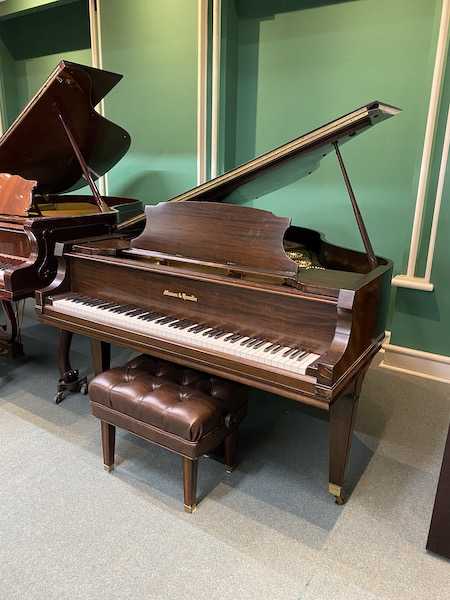



This allows the sound to remain strong for the life of the piano. Most pianos’ soundboards tend to wear down and fall flat over time, but the metal Tension Resonator system helps to prevent that problem. This Crown Retention System involves a slightly bowed soundboard that increases energy transfer from the strings to the soundboard, creating a rich and powerful tone. The Tension Resonator is a large metal spider that links with an uncommonly thick hard rock maple rim and other features to create a soundboard Crown Retention System. “The Costliest Piano In The World” | Past Company Slogan He was the inventor who developed the famous Tension Resonator and later rose to become the President of the company. In 1895 the piano division was reorganized by German piano designer Richard W. Knowing that they required assistance as they entered the cutthroat piano industry, they hired some of the best designers they could locate to assist them. It was not until 1881 that they began developing their pianos using a slow, meticulous process, fine materials, and keen attention to detail. Like other piano makers, they competed and won with demonstrations of their products in competitions such as the Paris Exhibition. They slowly began to build a reputation for quality and high standards. Hamlin and Mason continued to develop their discoveries. Their small company benefited from their attention to detail and limited production. The Mason & Hamlin company was born in 1854, one year after the founding of another American music icon, Steinway & Sons.


 0 kommentar(er)
0 kommentar(er)
